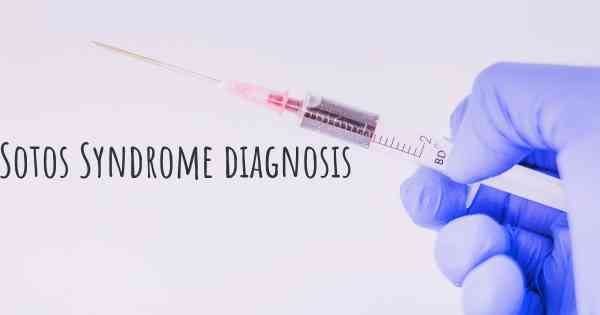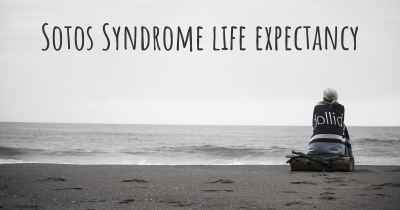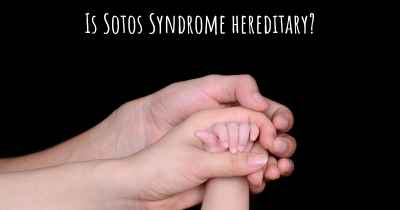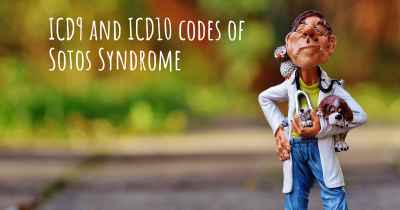How is Sotos Syndrome diagnosed?
See how Sotos Syndrome is diagnosed. Which specialists are essential to meet, what tests are needed and other useful information for the diagnosis of Sotos Syndrome

Sotos syndrome is a rare genetic disorder characterized by excessive growth during childhood, distinctive facial features, and developmental delays. Diagnosing Sotos syndrome involves a comprehensive evaluation of an individual's medical history, physical examination, and genetic testing.
Medical History
A detailed medical history is crucial in diagnosing Sotos syndrome. The healthcare provider will inquire about the individual's growth patterns, developmental milestones, and any other symptoms or concerns. It is important to provide accurate information about the individual's family history, as Sotos syndrome can be inherited.
Physical Examination
During the physical examination, the healthcare provider will carefully assess the individual's physical characteristics and look for specific features associated with Sotos syndrome. These features may include:
- Overgrowth: Individuals with Sotos syndrome often exhibit excessive height and weight for their age.
- Distinctive facial features: Facial characteristics commonly seen in Sotos syndrome include a long, narrow face, a prominent forehead, a pointed chin, and widely spaced eyes.
- Head and hand measurements: The healthcare provider may measure the individual's head circumference and hand size, as these measurements can be larger than average in Sotos syndrome.
- Other physical abnormalities: Some individuals with Sotos syndrome may have additional physical abnormalities, such as scoliosis (curvature of the spine) or an abnormal curvature of the pinky fingers.
Genetic Testing
Genetic testing plays a crucial role in confirming a diagnosis of Sotos syndrome. The most common genetic cause of Sotos syndrome is a mutation in the NSD1 gene, which can be identified through genetic testing. There are different types of genetic tests that can be performed:
- NSD1 gene sequencing: This test involves analyzing the DNA sequence of the NSD1 gene to identify any mutations or abnormalities.
- NSD1 gene deletion/duplication analysis: This test looks for larger genetic changes, such as deletions or duplications, within the NSD1 gene.
- Chromosomal microarray analysis: This test examines the entire genome for small deletions or duplications that may be responsible for the symptoms of Sotos syndrome.
Additional Evaluations
In addition to medical history, physical examination, and genetic testing, further evaluations may be conducted to assess the individual's developmental and cognitive abilities. These evaluations may include:
- Developmental assessment: A comprehensive evaluation of the individual's developmental milestones, speech and language skills, motor skills, and cognitive abilities.
- Neurological examination: A thorough assessment of the individual's neurological function, including reflexes, muscle tone, and coordination.
- Imaging studies: Imaging techniques such as magnetic resonance imaging (MRI) or computed tomography (CT) scans may be performed to evaluate the structure of the brain and identify any abnormalities.
Conclusion
Diagnosing Sotos syndrome involves a multidisciplinary approach, combining medical history, physical examination, genetic testing, and additional evaluations. It is important to consult with a healthcare professional experienced in genetic disorders to accurately diagnose and manage Sotos syndrome. Early diagnosis and intervention can help individuals with Sotos syndrome receive appropriate medical care and support to optimize their development and well-being.








